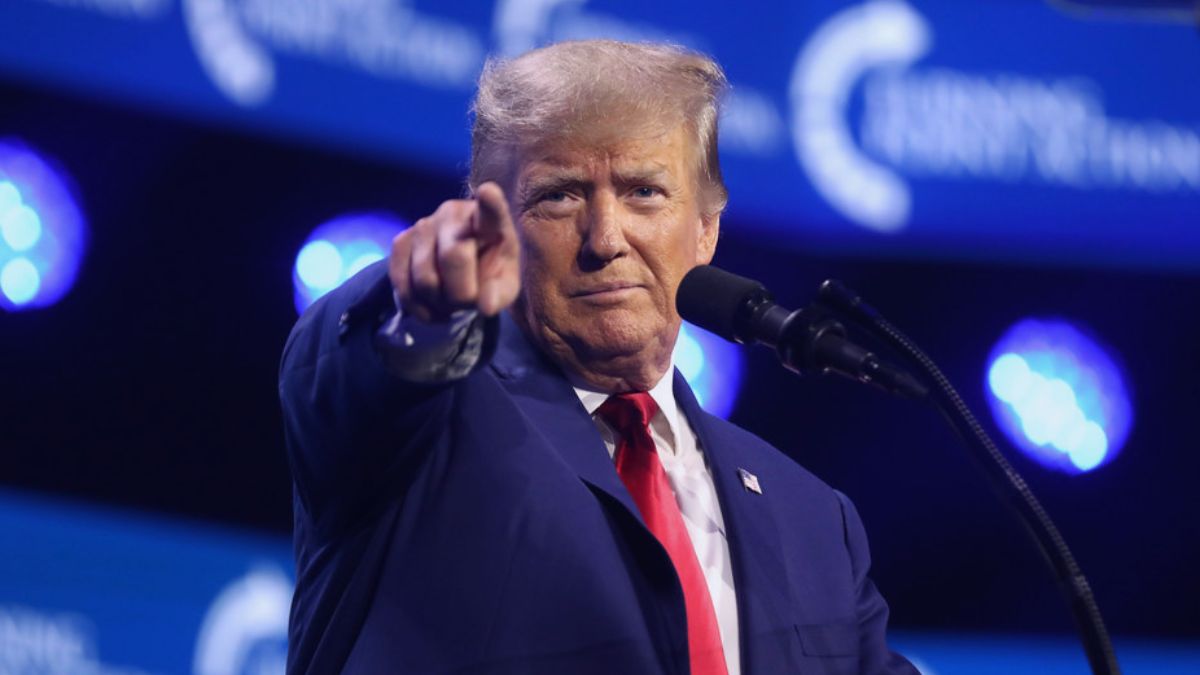Here’s what’s wild about this new H-1B situation – President Donald Trump has signed a proclamation that will require a $100,000 application fee for H-1B visas, in what experts are calling what represents the biggest overhaul to the skilled worker program we’ve seen in years. The proclamation takes effect immediately.
Wait, this actually caught me off guard. When I analyzed the numbers behind this program, the median wage for H-1B workers sits at around $120,000. Think about it – we’re not talking about companies bringing in ultra-specialized executives here. These are mainstream tech workers, the kind that companies could potentially source from the US labor market.
The Real Numbers Behind H-1B Workers
Let me break down what’s really happening with this program. The current H-1B system supports nearly 400,000 visa holders total, but here’s the thing – that’s spread across a three-year program with a possible three-year extension. Every year, we’re talking about roughly 85,000 new workers entering through this program.
This changes everything for how companies will approach hiring. The way I see it, a significant portion of these roles could be filled internally by US workers, with the remainder sourced externally by companies willing to pay the massive new fee.
Something’s happening here that goes beyond just immigration policy. The youth unemployment rate in this country is sitting at nearly 10%. And get this – the fee will only apply to new applicants, not existing holders or renewals, so current workers aren’t immediately affected.
The Wage Gap Reality
Here’s what becomes clear when you dig into the data: while the rules technically require H-1B workers to be paid wages similar to their US counterparts based on location and industry, the evidence shows something different. These workers appear to be getting hired at a bit of a discount compared to native-born workers with similar experience levels.
Actually, let me clarify that – there’s definitely a wage gap happening, even though on paper the wages look similar. Companies have been able to access talent at lower costs through this program.
Who Gets Hit the Hardest
Commerce Secretary Howard Lutnick told reporters on a call Friday evening that the administration came to the fee of $100,000 per year, plus vetting costs, after talking with companies. But here’s the kicker – this isn’t just hitting one sector.
The program primarily impacts:
- Tech companies (obviously the biggest user)
- Medical field workers
- Finance sector hiring
The market immediately punished major IT outsourcing companies, with stocks dropping across the board for firms like Infosys, Tech Mahindra, Wipro, HCL Technologies and Tata Consultancy Services. The market’s already pricing in the impact on major outsourcing companies.
The AI Connection Nobody’s Talking About
Plot twist – this could actually help with something we’ve all been worried about. We’re constantly hearing concerns about AI automating white-collar jobs out there. Well, a lot of these H-1B positions are exactly those white-collar jobs that AI might impact.
This policy might create a reshuffling in the labor market. Instead of worrying about AI taking these jobs, we might see US workers moving into roles previously filled by H-1B visa holders. There might actually be some positives that could come out of this approach.
Labor Market Supply and Demand Shift
Right now, we’re sitting in an interesting position. Blue-collar workers at the margin have less supply available, but demand has also dropped considerably throughout this year because tariff policies have weighed on the economy. We’ve reached a steady-state balance where there’s certainly less supply of workers, but demand has come down quite a bit too.
Looking ahead, we might see even more reduced supply from a white-collar worker perspective. The expectation is that net immigration will be quite slow for the next couple of years. This H-1B change specifically targets white-collar workers – exactly the demographic we’re discussing.
What This Means for Companies
This restriction shall expire, absent extension, 12 months after the effective date of this proclamation, which shall be 12:01 a.m. eastern daylight time on September 21, 2025. Companies have a one-year window to figure out their strategy.
The math is pretty straightforward: if you’re bringing in a worker at $120,000 annually, adding a $100,000 fee makes that a $220,000 investment in the first year. That completely changes the cost-benefit calculation.
Companies willing to pay this premium will likely be reserving it for truly specialized roles they absolutely cannot fill domestically. The mainstream tech positions? Those are probably shifting to US workers.
This blew my mind when I realized it – we might actually be moving toward a more balanced supply and demand situation, even on the white-collar side. Right now there’s more supply than demand in many of these areas, which is why we’re seeing unemployment rates start to edge up in tech and related fields.
This policy could help mitigate that imbalance by creating more opportunities for domestic workers while ensuring companies only use the H-1B program for positions that truly require international talent.
The real question is whether companies will adapt their hiring strategies or simply absorb the additional costs for critical roles. Given the significant financial impact, I expect we’ll see a major reduction in H-1B program usage next year.
